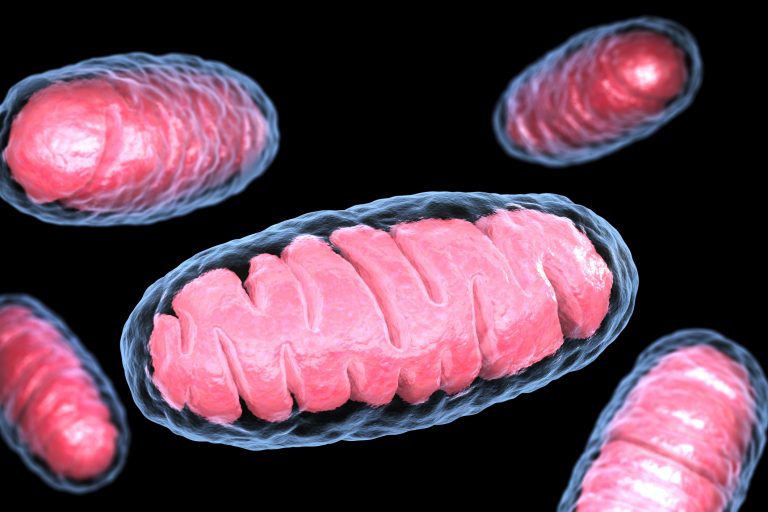
Researchers based at the Center for Genome Engineering in the Republic of Korea have developed a new gene editing tool that can correct a single mutation in mitochondria, which the researchers hope will help develop treatments for serious human diseases caused by such mutations.
Mitochondria are the so-called “powerhouses” of our cells and provide energy to carry out many cellular processes. Thought to have been separate micro-organisms many millennia ago, mitochondrial organelles are now fully integrated into human cells but still have their own circular genomes, similar to those of modern bacteria.
While the technology of gene editing of nuclear DNA with tools such as CRISPR and others has leapt forward in recent years, scientists have found it harder to edit mitochondrial DNA. There is an unmet need to do such editing, as there are at least 90 known disease-causing mutations in human mitochondria, many of which are only single base mutations. These conditions collectively affect around one in 5000 individuals.
“There are some extremely nasty hereditary diseases arising due to defects in mitochondrial DNA. For example, Leber hereditary optic neuropathy, which causes sudden blindness in both eyes, is caused by a simple single point mutation in mitochondrial DNA,” explained Jin-Soo Kim, Director of the Center for Genome Engineering, and lead author of the Cell study, in a press statement.
“Another problem is that there is a dearth of animal models of these mitochondrial diseases. This is because it is currently not possible to engineer mitochondrial mutations necessary to create animal models. Lack of animal models makes it very difficult to develop and test therapeutics for these diseases.”
The new method uses transcription activator-like effector-linked deaminases, or TALEDs, to change an A base to a G in mitochondria. If further validated, the team estimates this tool has the potential to correct 39 (43%) of the 90 known disease-causing mutations in human mitochondria.
In contrast, recently developed base editors, which can perform C-to-T conversions in mitochondrial DNA, would only be able to correct around nine or 10% of these mutations, according to the authors.
The TALEDs were created from three different components: a transcription activator-like effector that targets a specific DNA sequence; TadA8e, an adenine deaminase that makes A-to-G conversion easier; and a cytosine deaminase to make the DNA easier for TadA8e to access.
The researchers say that it was a bit of a surprise that TadA8e was able to edit the double stranded DNA found in mitochondria. “No one has thought of using TadA8e to perform base editing in mitochondria before, since it is supposed to be specific to only single-stranded DNA. It was this thinking outside of the box approach that has really helped us to invent TALED,” said Kim.
The researchers tested the TALEDs in human cell lines with mitochondrial mutations and found they were very efficient at driving A-to-G conversions at 17 different sites in various genes. Editing frequency in the cell lines was up to 49%.
The team are now working on improving the efficiency and efficacy of the TALED gene editing for use in various applications before moving towards developing specific therapies to target human diseases.













